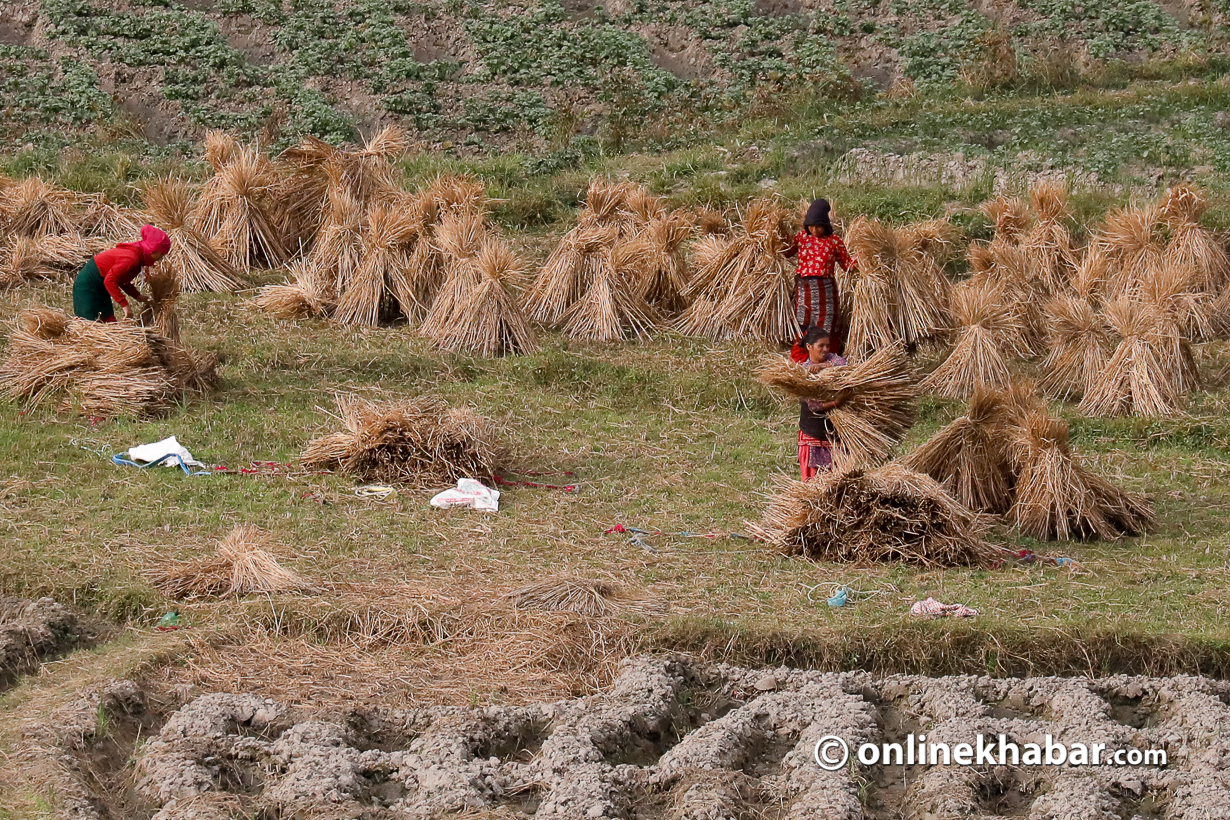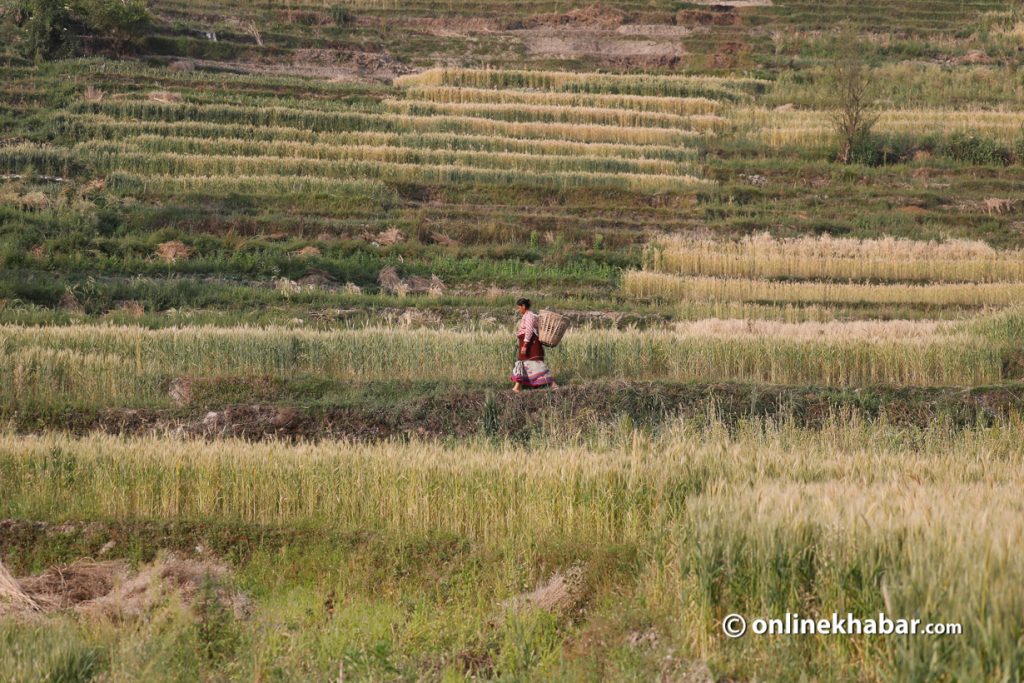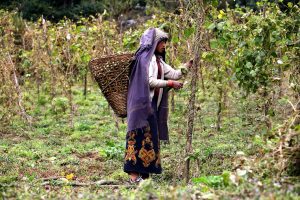
In recent times, there has been a significant focus on the issue of food insecurity. It is about time we direct our attention towards establishing food security for households, regions, and countries.
Food security exists when all people, at all times, have physical and economic access to sufficient safe and nutritious food that meets their dietary needs and food preferences for an active and healthy life.
Let me share a short story from Karnali Province. A female gave birth to twin boys but one of them died after being born. The reason is that the mother did not intake adequate nutrition during her gestational period.
To help the women and children in Karnali Province, the government launched a fortified flour scheme, which was a decent initiative from the government’s side. But, is it enough to fulfil the daily value of macro and micro minerals? No! It is just a short-term solution.
So what could be a long-term solution? One such solution is to provide knowledge on locally available nutrient-dense food, give skills on home nutrition gardens, cooking demonstrations and food safety.
Food and Nutrition Security Enhancement project

A 30-year-old woman from rural Nepal has implemented a straightforward and enduring solution. In the past, she used to cultivate basic crops like maize and rice on a small plot of land, which proved insufficient to meet her family’s needs until 2020.
However, at present, she continues to work on the same plot but has diversified her crops to include a variety of nutrient-rich fruits and vegetables. This shift has enabled her family to enjoy a more diverse and nutritious diet.
As a result, her seven-year-old daughter has grown healthier and stronger. What changes did she make?
The 30-year-old attended Nutrition Field School supported by the World Bank-financed Food and Nutrition Security Enhancement Project (FANSEP) and learned the causes and consequences of malnutrition.
Nutrition Field School provided her with skills based on locally available nutrient-dense foods, home nutrition gardens, cooking demonstrations and food safety. As the world population is growing, the demand for food is increasing.
Even though the world is producing enough food for the growing population the supply chain is not able to provide every individual with food. The physical availability of food is reduced due to the lack of proper management of food produced and its distribution.
There are a huge number of people who do not have access to food and/or nutritious food. There are various reasons for insufficient food access to citizens like increased food prices, poverty, war between countries, natural disasters, diseases, poor supply, political instability, and unemployment.
Food insecurity does not always arise due to the insufficiency of adequate food supply but also arises due to malabsorption of nutrients in the body. The improper absorption causes deterioration of nutritional status causing malnutrition and thus risking food security in an individual.
Effective ways to strengthen food security

Eating nutritious food in the right amount is crucial for maintaining nutritional status and health. Let us look at the effective ways by which food security can be strengthened.
1. Awareness: Looking at the example of 30-year-old women clarifies that knowing food safety, home nutrition gardens, cooking demonstrations, nutrient-dense foods, etc. Awareness initiatives like Nutrition Field Schools should be encouraged to have food security. Adding food and agriculture subjects to the primary classes will educate the upcoming generation to utilise and know the importance of resources.
2. Mid-day meal programmes: Such programmes are known to attract children to attend their school classes. Mid-day meals should be promoted in regions to reduce hunger. For example: Nepal, has been operating the programme for the last three years targeting children studying from pre-primary to class three. Now the programme has been expanded to cover children up to class six. Now the government should make sure the food given is safe, hygienic and nutritious.
3. Distribution and development of fortified food products: The World Food Programme supported the government to advance rice fortification in Nepal to address micronutrient deficiencies in the country resulting in the finalisation of the national standards for rice fortification. However, fortified rice and fortified flour are very few fortified food products produced in Nepal. It is high time that the government should emphasise on development and distribution of fortified foods to rural Nepal.
4. Improving food supply chain: Maintaining proper roads, increasing the number of transportation for food supply to every area of the country focusing more on the rural area. Strengthening the storage facility to cater for every individual during emergencies.
5. Defeating climate change: climate change is a threat to agriculture, climate change not only harms the crops but also destroys the food growing leading to a shortage of food. Defeating climate change is an additional and smart way to fight food insecurity. The country should have their cultivation of cereals, pulses and veggies to reduce the dependency on food which will not only help to combat food insecurity but will also improve the country’s economy.
6) Kitchen gardens: Encourage growing fruits and vegetables in the backyard of homes with kitchen wastewater to grow foods that will be organic as well as affordable which will be a further help during emergency conditions.























